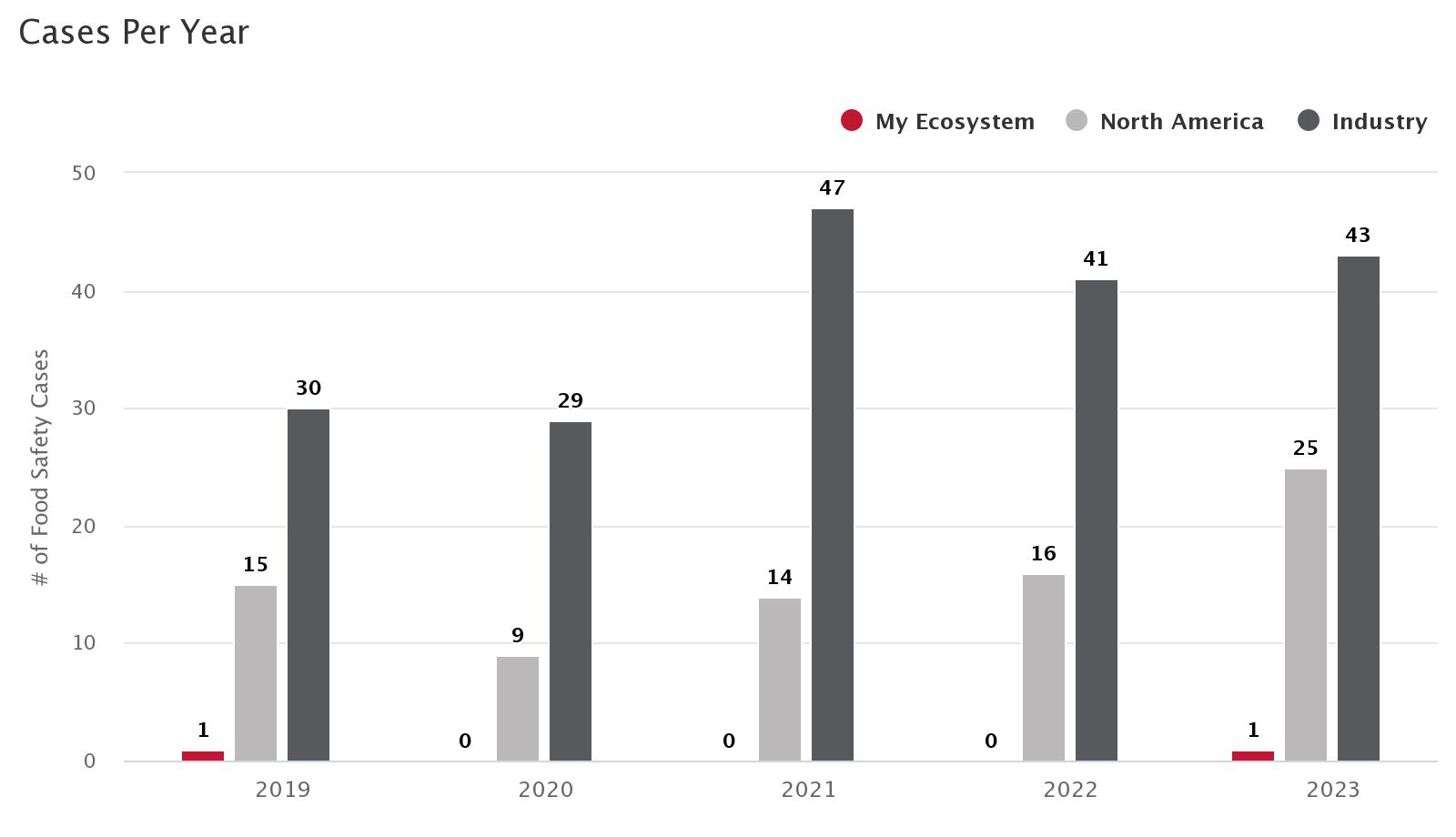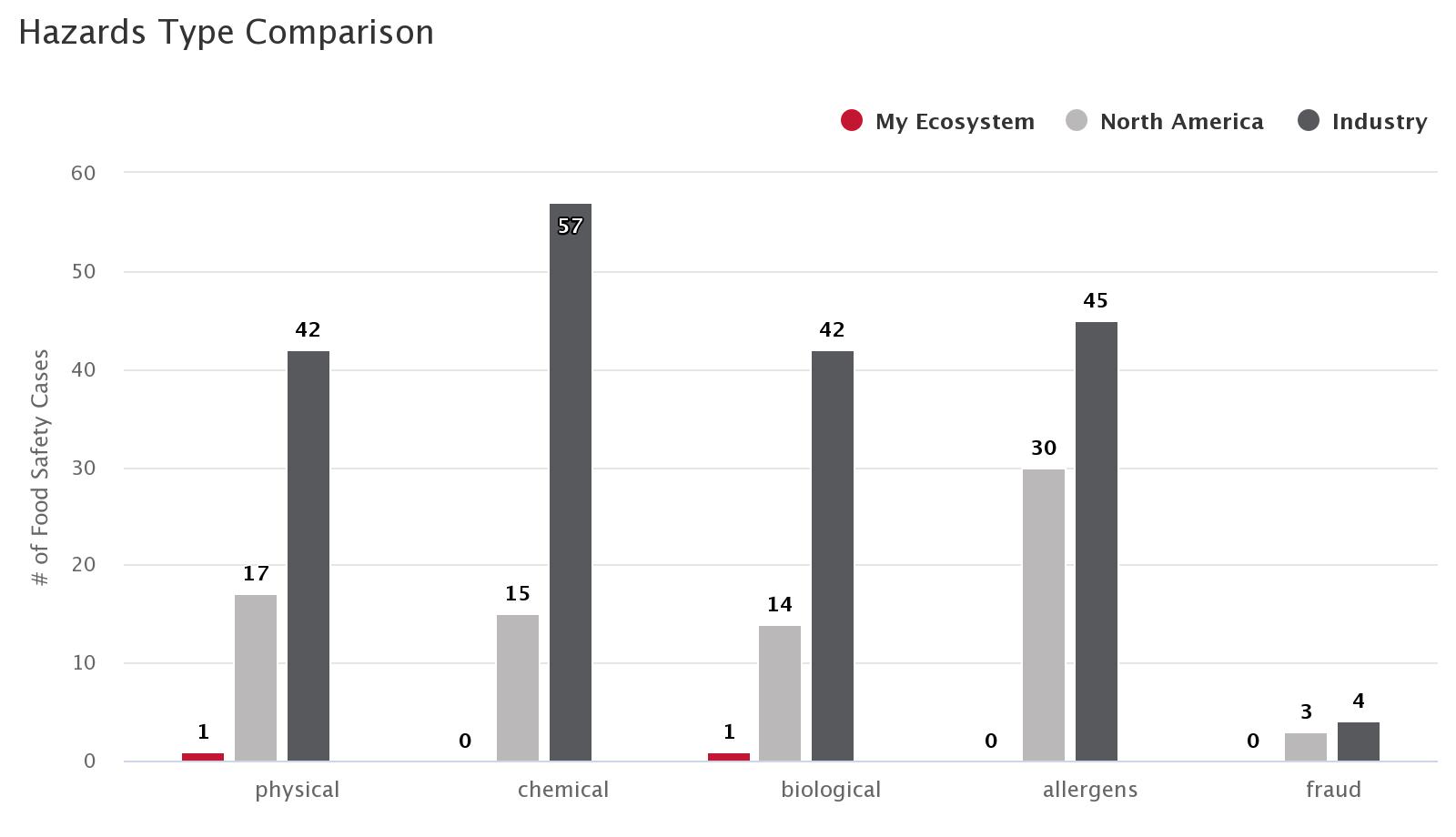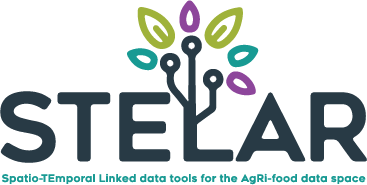
How to streamline food safety performance reporting and benchmarking
When we discuss about the food safety performance of a food company, we are first and foremost talking about the degree to which food safety objectives and targets are met. It constitutes the reflection of the quality and the efficiency of food safety management system, the process and protocols in place (including cleaning and sanitation, proper storage and handling, monitoring storage and humidity etc.) as well as the output. Critical to measuring food safety performance is the ability to monitor relevant food KPIs (key performance indicators) such as safety audits, inspections, lab tests, warning letters, food safety incidents and corrective actions that can help track compliance and measure performance toward your goals.
However, food companies are not only tasked with measuring their internal food safety performance but that of their competitors as well. In order to have a complete overview of the market they need to be able to know and understand the position of their company when it comes to food safety compared to other food companies in the market or the industry.
Keeping track not only theirs but their different competitors can become a time-consuming and mountainous task often dependent on manual research to compile quarterly food safety reports for them and their competitor across the market, highlighting the need for the streamlining and automation of the process.

The challenges of measuring food safety performance
As food companies are tasked with creating food safety performance reports for their company and all direct and indirect competitors in their different markets worldwide, they are faced with a number of challenges, namely:
- The reliance on the annual quarterly reports of large organization such as WHO/INFOSAN for consumer-important food safety events in order to create food safety and benchmarking reports, accentuated by WHO’s decision to stop publishing analytical reports, making it difficult to find such information.
- The overload of data collected for food safety incidents worldwide for them and their competitors, from disparate sources through the application of internal and costly third-party solutions which are tricky to correlate into actionable insights about their safety performance their competitors.
- The lack of a centralized and unified environment that collects and correlates the information they need from various sources, and the dependence instead on manual research, collection and copying together of information from various reports and news websites. This translates to much time spent creating these reports, which doesn’t allow them their frequent benchmark reporting.
- The shortage of high-quality and actionable food safety performance data that would help them create insightful and comprehensive reports about their company’s performance and their competitors and make informed business and strategic decisions.
- The absence of clarity and data segregation that highlights the critical food safety incidents and outbreaks that have directly impacted consumers health, rather than those that have not led to health issues for consumers.
- The ownership of multiple brands and subsidiaries that they need to monitor their food safety performance increases the difficulty of keeping track of all of them and having a deeper understanding of which brand is facing higher risk.
- The fact that different brands and subsidiaries or locations have different data/informational needs (different territories/brands/subsidiaries require data on different suppliers and ingredients and food products) in order to make reports tailored to them due to the lack of customizable solutions that would offer data to cater their specific needs.
These challenges highlight the need for a solution that would allow food manufacturers to simplify the process and allow them to have a deep understanding of their positioning in the industry in relation to food safety.

How you can boost food safety performance monitoring and benchmarking?
Knowing where your food company’s food safety performance stands against your competitors is paramount for pinpointing weaknesses and creating a strategy that will address them and set a plan of corrective measures in place. An AI-powered solution that delivers on actionable insights on food safety incidents, risks, hazards and performance could be the turning point to streamlining the process of benchmarking your food company against tour direct or indirect competitors by:
- Allowing you to have an overview of the state of global food safety standards and where your food company stands against the industry and their competitors.
- Benchmarking your food safety performance against competitors or the industry, for specific key ingredients and for selected geographical areas.
- Having overview of emerging threats and drilling down on the specific subsidiaries or brands.
- Accessing hazard analysis of key ingredients, which thoroughly describes the hazard, including its type (biological, chemical, physical) and occurrence.
- Offering a comparative view of the competitors’ or the whole market’s food safety performance status and knowing specific emerging risks that will affect the market.
- Enabling you to exclude specific risk types that are not critical to your company’s supply chain from the analysis (i.e., border rejections).

Utilizing a solution that offers actionable insights on food safety performance based on high-quality data, and which is customized to your supply chain, your company’s brands and subsidiaries, food manufacturers can benchmark your company’s overall food safety performance against the whole market or competitors for their selected ingredients.
Through FOODAKAI’s AI-powered platform, you can have a complete comparative view of all critical food safety incidents your company, its brands and/or subsidiaries were involved in compared to specific competitors with similar products, the whole market or selected geographical areas.
Additionally, your food and beverage company can have an aggregated view of all hazards and risks (physical, chemical, biological, fraud) associated to these incidents for specific products for you and your direct and indirect competitors through user-friendly and analytical charts and dashboards. You can even choose to drill down further to see the number of incidents per food safety hazard and perform risk analysis to identify emerging risks in correlation to critical cases.

FOODAKAI’s Benchmarking module enables you to streamline competitor analysis and formulate a strategy according to the emerging risks to respond efficiently to threats and strengthen your HACCP plan. Access an enhanced overview of the food safety performance of all competitors, focusing on critical incidents related to your key ingredients and according to hazard types to efficiently create insightful food safety performance reports.
To find out more about how FOODAKAI empowers you to streamline your competitor analysis by benchmarking yourself against the whole market, begin with a pilot.
Book a call with us today!

Funding for this research has been provided by the European Union’s Horizon Europe innovation programme STELAR (Grant Agreement Number 101070122). Views and opinions expressed are, however, those of the author(s) only and do not necessarily reflect those of the European Union or European Commission-EU. Neither the European Union nor the granting authority can be held responsible for them.








